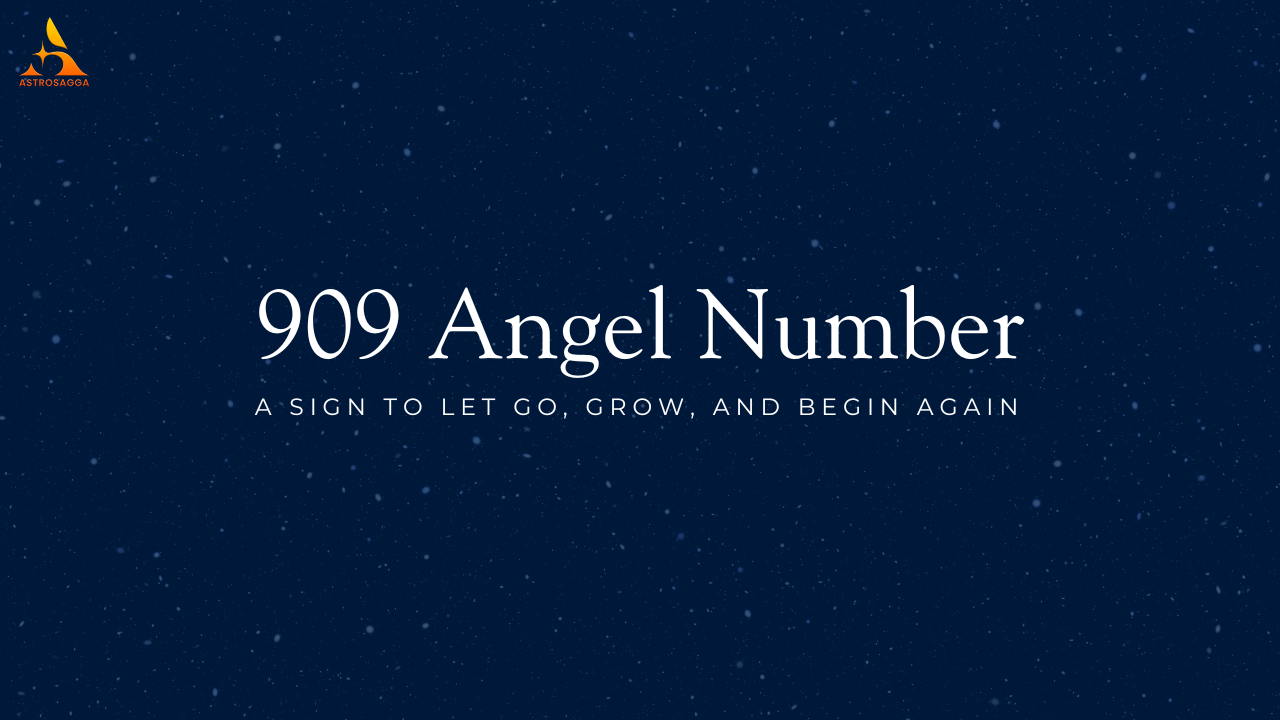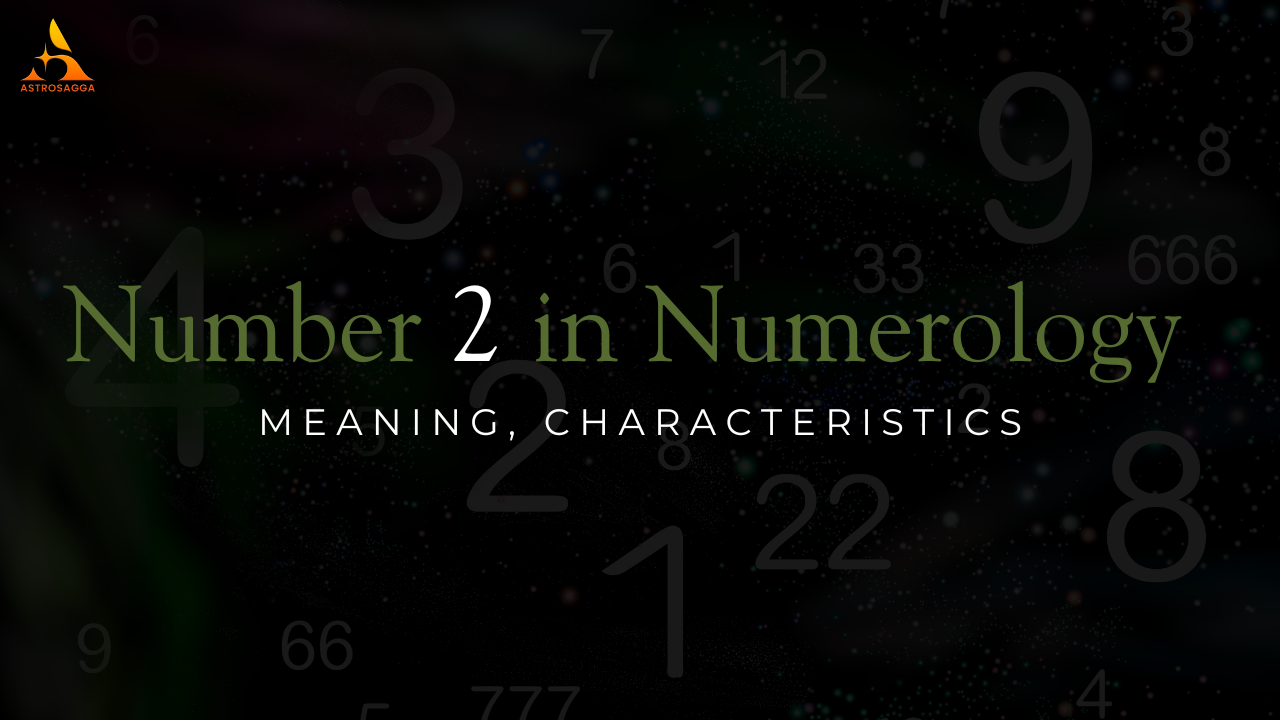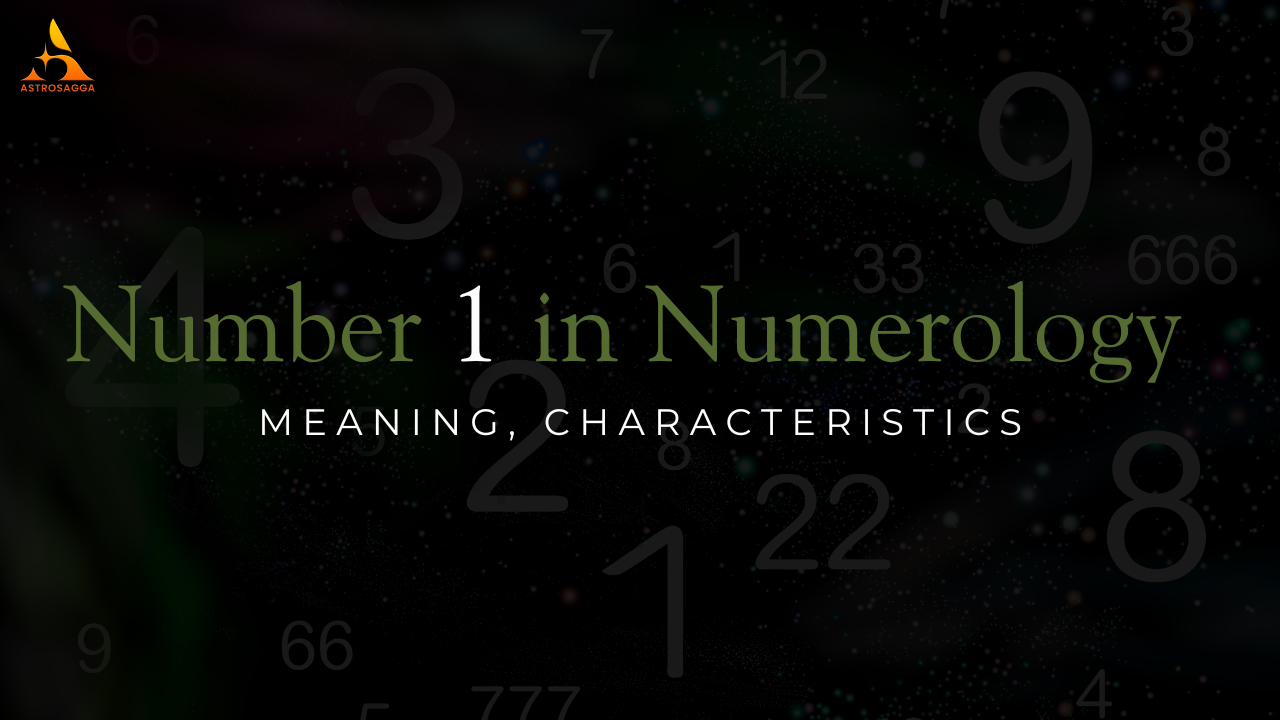Shardiya Navratri is one of the most important Hindu festivals celebrated with great devotion and enthusiasm across India and in many parts of the world. It is observed in the month of Ashwin, according to the Hindu calendar, and is dedicated to the worship of Goddess Durga and her nine different forms. The festival spans over nine days, where each day is devoted to a different form of Durga, symbolizing strength, motherhood, and the power to vanquish evil.
The term "Navratri" literally translates to "nine nights" (Nav means nine and Ratri means night). During these nine days, devotees fast, perform special rituals, and invoke the blessings of the Goddess for health, prosperity, and protection from evil forces. The culmination of the festival is marked by Dussehra or Vijayadashmi, symbolizing the victory of good over evil.
Shardiya Navratri 2024 Date and Muhurat
In 2024, Shardiya Navratri will commence on 3rd October and conclude on 12th October with the celebration of Dussehra. The festival is known for its elaborate rituals, especially the Ghatasthapana, which marks the beginning of Navratri.
Ghatasthapana/Kalashsthapana Muhurat: 6:09 AM to 7:08 AM on 3rd October 2024.
Ghatasthapana (also called Kalashsthapana) is an important ritual on the first day of Navratri, where a pot or Kalash is placed symbolically to represent the universe and the Goddess Durga. The correct time for performing this ritual, known as the Muhurat, is crucial for its success, and it’s best done in the early morning hours.
This ritual is performed by filling the Kalash with water, covering it with mango leaves, and placing a coconut on top. This pot is placed in the puja area, and the Akhand Jyot (eternal flame) is lit, which burns throughout the nine days.
The History and Significance of Shardiya Navratri
The significance of Navratri goes beyond just the religious rituals—it has roots in ancient Hindu mythology, particularly the legend of the demon Mahishasura. According to the legend, Mahishasura, a powerful demon with the boon that no man could defeat him, began to terrorize the gods and humans alike. He became so powerful that he even conquered heaven. Unable to defeat him, the gods—Brahma, Vishnu, and Shiva—combined their powers and created Goddess Durga.
Durga fought a fierce battle with Mahishasura for nine days, and on the tenth day, she finally killed him. This day is celebrated as Vijayadashami or Dussehra, symbolizing the victory of good over evil. Navratri thus symbolizes the triumph of righteousness, with each of the nine days representing a step toward this ultimate victory.
The festival is celebrated differently across various regions of India, but the central theme remains the same—celebrating the victory of good over evil, and honoring the divine feminine energy.
Read Also - Ganesh Chalisa
Navratri 2024 Calendar with Colours and Goddess Forms
Navratri is not just about fasting and rituals; it is also associated with colors. Each day of Navratri is dedicated to a specific form of Goddess Durga, and each goddess has an associated color. Devotees often dress in these colors and decorate their homes and puja spaces accordingly.
The Importance of Navratri Colors
Wearing the right color on each day of Navratri is believed to enhance the spiritual connection with the goddess. Each color represents a particular energy or mood associated with the goddess being worshipped that day. For example, yellow on the first day, symbolizing brightness and joy, resonates with the energy of Goddess Shailputri, the provider of fortune and prosperity.
These vibrant colors not only bring a sense of festivity but also align the devotee’s energy with the cosmic vibrations of the festival. It is a beautiful way to celebrate the diversity and depth of this spiritual occasion.
.png)
Navratri Puja Vidhi and Rituals
Navratri is a time for strict observance of religious rituals, including fasting and performing pujas.
Kalashsthapana:
On the first day, devotees set up a Kalash, which represents the universe and the presence of Goddess Durga. It is placed on a bed of rice, and the idol or image of the Goddess is decorated with flowers and other offerings.
Akhand Jyot:
An eternal flame is lit that burns continuously for the entire nine days of Navratri. This flame represents the undying devotion to Goddess Durga.
Fasting:
Many devotees observe fasts, refraining from consuming grains and certain foods. Instead, they eat fruits, milk, and specially prepared fasting foods like sabudana khichdi and kuttu flour dishes. The fast can be partial or complete, depending on individual devotion.
Durga Saptashati:
Reciting the Durga Saptashati or the 700 verses dedicated to Goddess Durga is an important ritual. The recitation of these verses is believed to invoke the Goddess's blessings for protection and strength.
How Navratri is Celebrated Across India
Navratri takes on different forms depending on the region:
North India:
In states like Uttar Pradesh and Bihar, the focus is on fasting, performing pujas, and attending Ram Leela performances, which depict the story of Lord Rama’s victory over Ravana.
West Bengal:
Here, Navratri is celebrated as Durga Puja, one of the grandest festivals in the region. Elaborate idols of Goddess Durga are created, and grand processions and rituals are carried out over the ten days.
Gujarat:
The festival is synonymous with Garba and Dandiya, traditional folk dances that are performed in the evenings. People gather in large groups dressed in colorful attire to celebrate the festival through dance.
South India:
In Tamil Nadu and Karnataka, Navratri is celebrated with the display of Golu (a collection of dolls arranged on steps). The festival is more about worshiping the divine feminine energy and promoting family unity and togetherness.
Read Also - Seva: Selfless Service in Spiritual Growth
Vijayadashmi (Dussehra) and Its Significance
On the tenth day, the festival of Dussehra or Vijayadashmi is celebrated. This day marks the victory of Goddess Durga over Mahishasura and the victory of Lord Rama over Ravana. The burning of Ravana effigies, representing the destruction of evil, is a common sight across India. It is a day to celebrate the triumph of good over evil and to seek blessings for a prosperous future.
In West Bengal, the last day of Durga Puja is marked by the immersion of the idol of Goddess Durga into the river or sea, symbolizing her return to her celestial abode.
Navratri Bhajans and Aartis
During Navratri, special bhajans and aartis are sung to invoke the Goddess's blessings. Popular aartis like the Durga Aarti and Ambe Ma Aarti are chanted daily, especially during the evening puja. These devotional songs help create a sacred atmosphere and elevate the spiritual energy of the festival.
Navratri Foods and Prasad
Navratri fasting foods typically include fruits, milk, and certain grains like kuttu (buckwheat) and singhara (water chestnut). Dishes such as sabudana khichdi, makhana kheer, and aloo are common during this time. On the eighth and ninth days, after the Kanya Pujan (worship of young girls representing the goddess), special prasad is prepared and distributed among family and friends.
Conclusion
Shardiya Navratri is a festival that not only celebrates the divine feminine energy but also brings together families, communities, and devotees across the world. It is a time for introspection, fasting, and celebrating the victory of good over evil. As we prepare for Shardiya Navratri 2024, let’s embrace the spirit of devotion, joy, and unity that this festival brings.
If you are willing to know about your life's precise predictions, download the best astrology app AstroSagga now!












